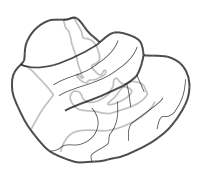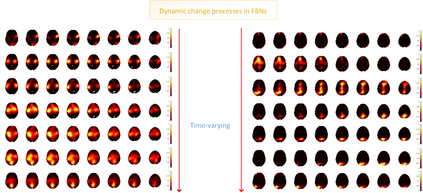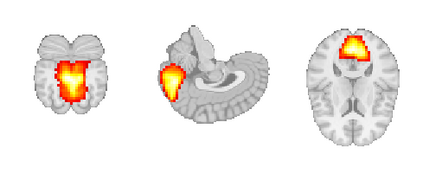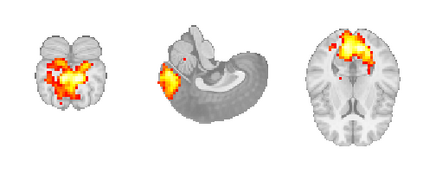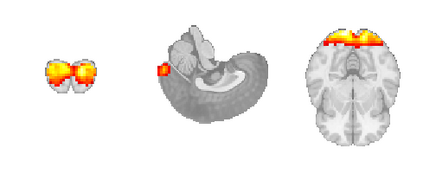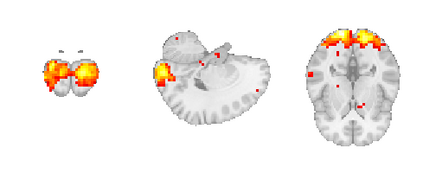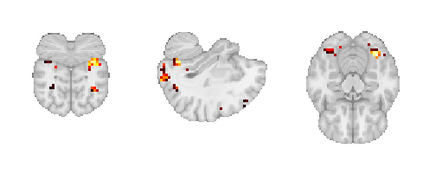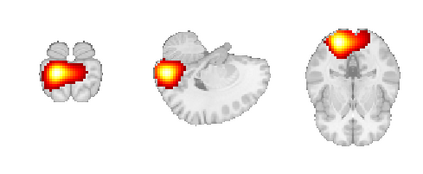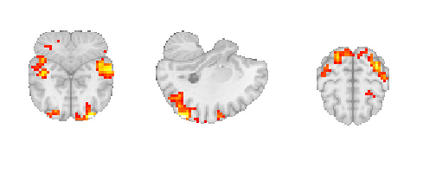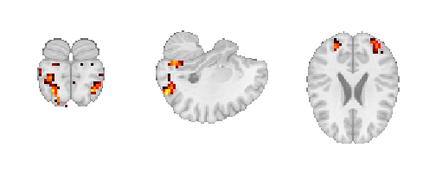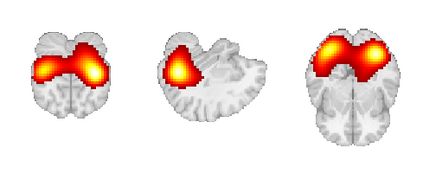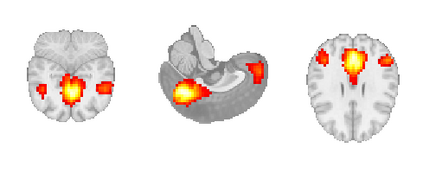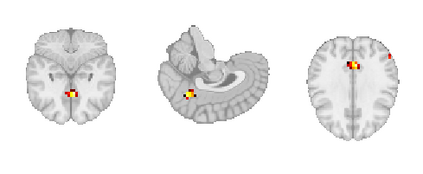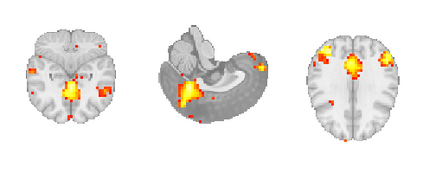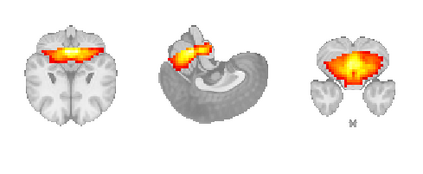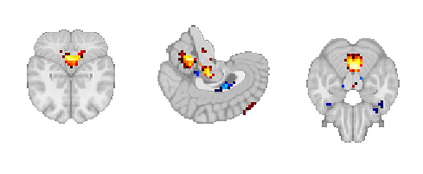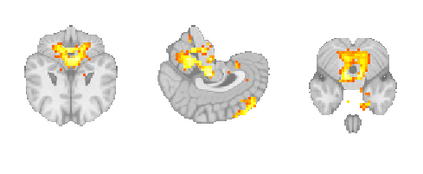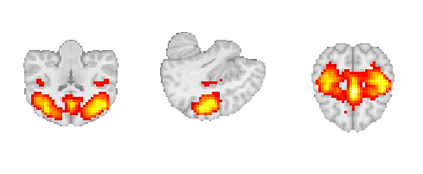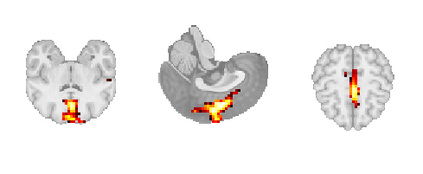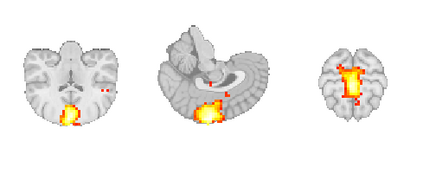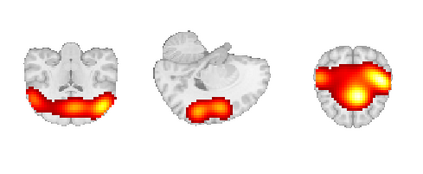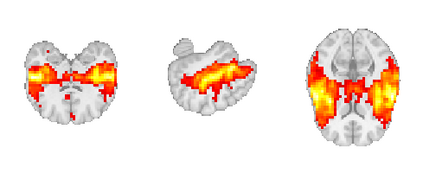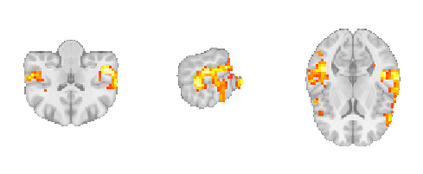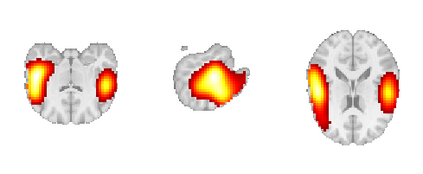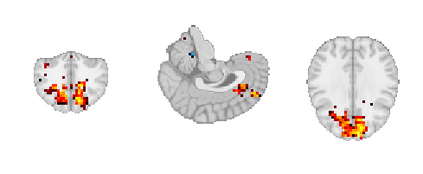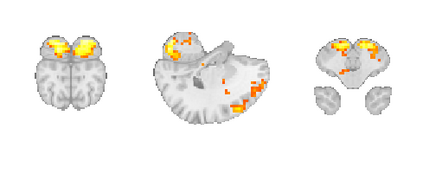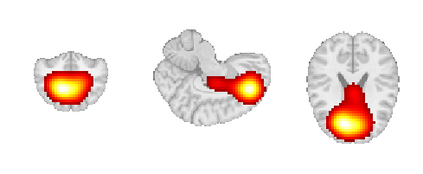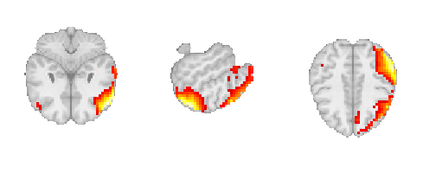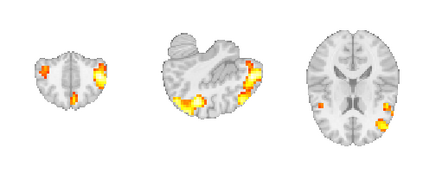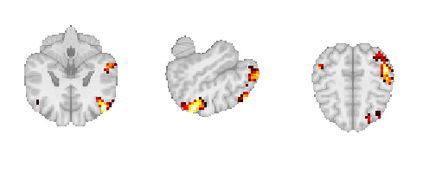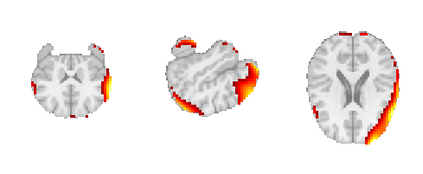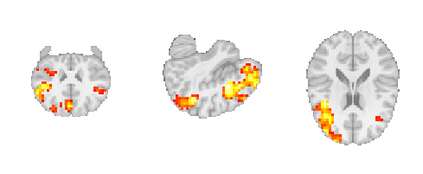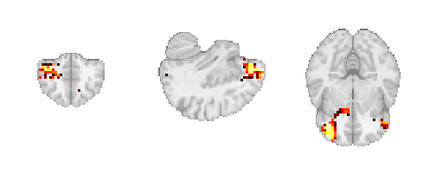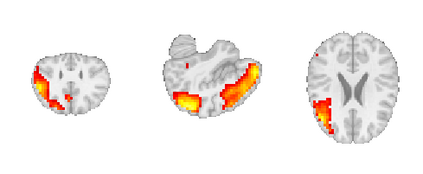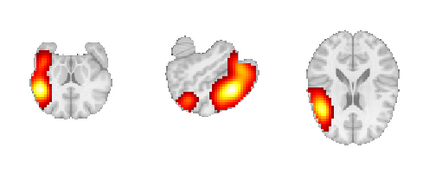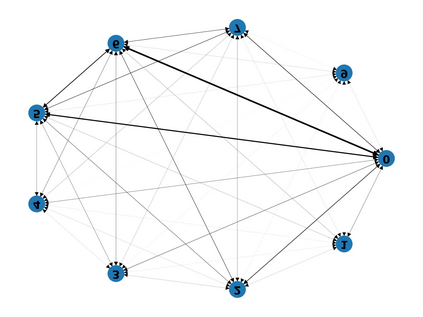Using deep learning models to recognize functional brain networks (FBNs) in functional magnetic resonance imaging (fMRI) has been attracting increasing interest recently. However, most existing work focuses on detecting static FBNs from entire fMRI signals, such as correlation-based functional connectivity. Sliding-window is a widely used strategy to capture the dynamics of FBNs, but it is still limited in representing intrinsic functional interactive dynamics at each time step. And the number of FBNs usually need to be set manually. More over, due to the complexity of dynamic interactions in brain, traditional linear and shallow models are insufficient in identifying complex and spatially overlapped FBNs across each time step. In this paper, we propose a novel Spatial and Channel-wise Attention Autoencoder (SCAAE) for discovering FBNs dynamically. The core idea of SCAAE is to apply attention mechanism to FBNs construction. Specifically, we designed two attention modules: 1) spatial-wise attention (SA) module to discover FBNs in the spatial domain and 2) a channel-wise attention (CA) module to weigh the channels for selecting the FBNs automatically. We evaluated our approach on ADHD200 dataset and our results indicate that the proposed SCAAE method can effectively recover the dynamic changes of the FBNs at each fMRI time step, without using sliding windows. More importantly, our proposed hybrid attention modules (SA and CA) do not enforce assumptions of linearity and independence as previous methods, and thus provide a novel approach to better understanding dynamic functional brain networks.
翻译:在功能磁共振成像(fMRI)中,利用深层次学习模型来识别功能性大脑网络(FBNS)最近引起了越来越多的兴趣,然而,大多数现有工作的重点是从整个磁共振信号中探测静态FBNS,例如基于相关功能的连通性。滑动窗口是广泛使用的捕捉FBNS动态的战略,但在每个步骤中,它代表内在功能性互动动态方面仍然有限。而且FBN的数量通常需要手工设定。由于大脑动态互动的复杂性,传统的线性和浅度模型不足以确定复杂和空间重叠的FBNs每个步骤。在本文件中,我们建议采用新的空间和频道注意力自动显示自动显示自动发现FBNcoder(SCA)系统的核心想法是将注意力机制应用于FBNS的构建。我们设计了两个关注模块:(1) 空间角度关注(SA) 模块在空间域内发现FBNBIS网络的动态互动互动,2) 频道关注模块(CA) 以不使用前一行和前一行方式衡量选择FBA-HD(因此自动恢复的动态方法的系统) 。













